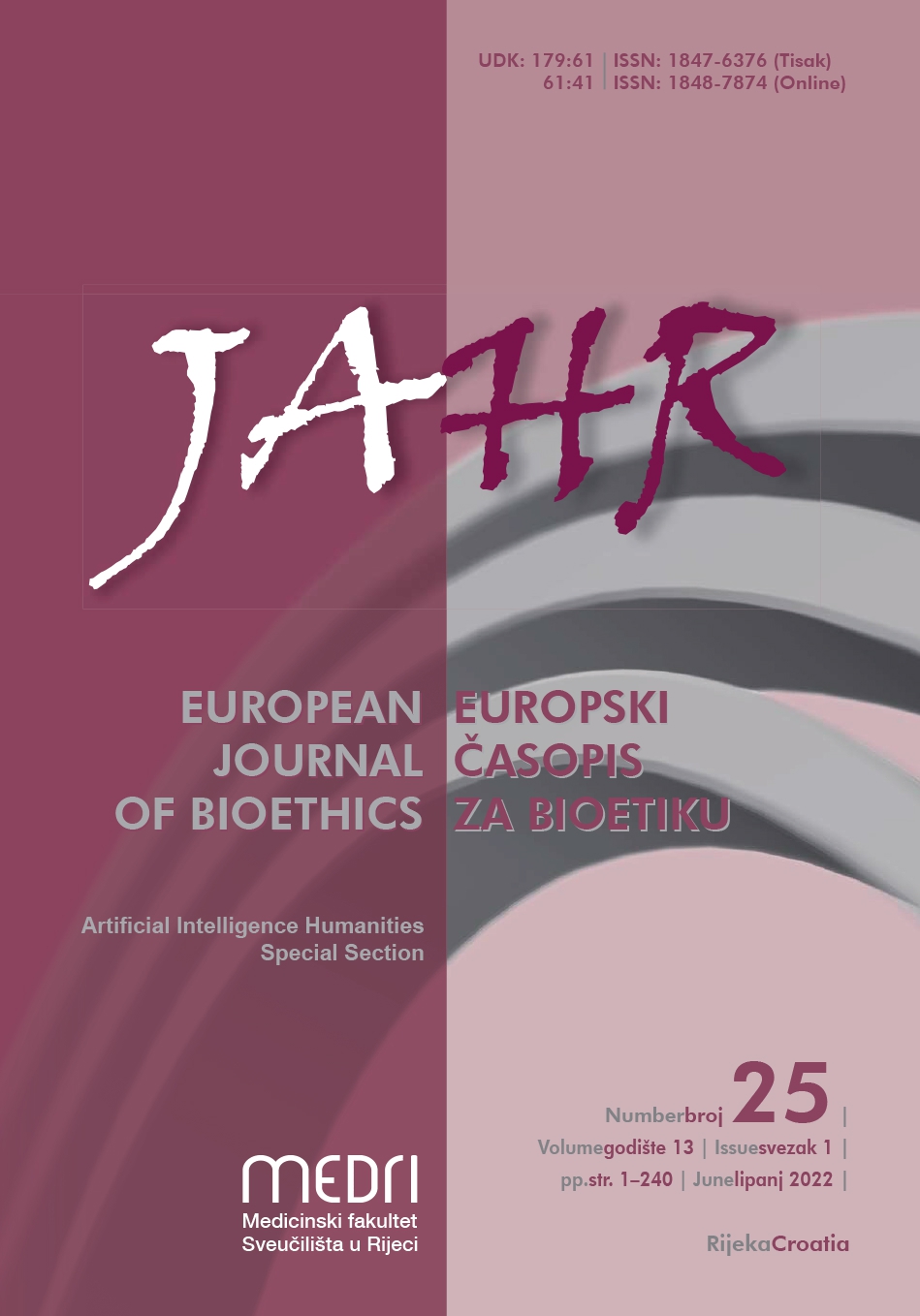Logistic regression model of prediction of exposure to violence against Roma women in Roma families in isolated Roma settlements of Međimurje county
Keywords:
the Roma, women, violence, beliefs, attitudes, logistic regressionAbstract
https://doi.org/10.21860/j.13.1.2
Based on the conducted field research on the incidence of violence against Roma women in Roma families, as well as their beliefs and attitudes about violence against Roma women in Roma families conducted on the cause of 350 Roma women living in 12 isolated Roma settlements in Međimurje County, by using logistic regression analyzes, three predictive profiles of Roma women as victims of gender violence in Roma families were made.The application goal of the research is aimed at helping health and social services if they could further shift the focus of their work towards those Roma women as beneficiaries who are at higher risk of exposure to violence. In the first model, which included only socio-demographic characteristics of respondents according to Wald's test of significance of coefficients, older age (OR 1,848, p-0,007), material deprivation (OR 2,345, p-0.021) and the earlier age of birth of the first child (OR 7.962, p-0.004) were singled out as statistically significant from the predictors of Roma women's exposure to domestic violence within Roma families. Extending the model with attitudes and prejudices about violence against women with significant predictors already highlighted, such as younger age (OR 1,760, p-0,015), earlier age of first child (OR 8,210, p-0,003) and earlier age of starting a family (OR 0.305, p-0.048), as the strongest predictor, beliefs and attitudes about violence were singled out (OR 1,957, p-0,002). Roma women with a higher degree of acceptance of prejudice about violence are also more likely to be victims of violence. Finally, the introduction as an independent variable and exposure to childhood violence by individual forms of abuse (physical, psychological, sexual and economic) resulted in a prediction model that proved to be statistically significant (p <.01), which of all three models best predicted values of the dependent variable, where the predictors were significant earlier age of birth of the first child (OR 7,955, p-0,041), earlier age of starting a family (OR 0,106, p-0,017), higher number of children in care (OR 3,087, p-0,049 ) and greater exposure to physical (OR 14,560, p-0.001), economic (OR 4,728, p-0,049) and psychological (OR 8,088, p-0,000) childhood violence. Exposure to domestic violence is such a strong predictor that by introducing it into the model, attitudes about violence, ie a greater tendency to accept prejudices about violence against women and greater material deprivation, lose their predictive power, which directly confirms the assumption that Roma women victims of childhood violence a much higher risk of being a victim of adult violence.
Downloads
Published
Issue
Section
License
Authors who publish with this journal agree to the following terms:
- Authors retain copyright and grant the journal right of first publication with the work simultaneously licensed under a Creative Commons Attribution License that allows others to share the work with an acknowledgement of the work's authorship and initial publication in this journal.
- Authors are able to enter into separate, additional contractual arrangements for the non-exclusive distribution of the journal's published version of the work (e.g., post it to an institutional repository or publish it in a book), with an acknowledgement of its initial publication in this journal.
- Authors are permitted and encouraged to post their work online (e.g., in institutional repositories or on their website) prior to and during the submission process, as it can lead to productive exchanges, as well as earlier and greater citation of published work (See The Effect of Open Access).



